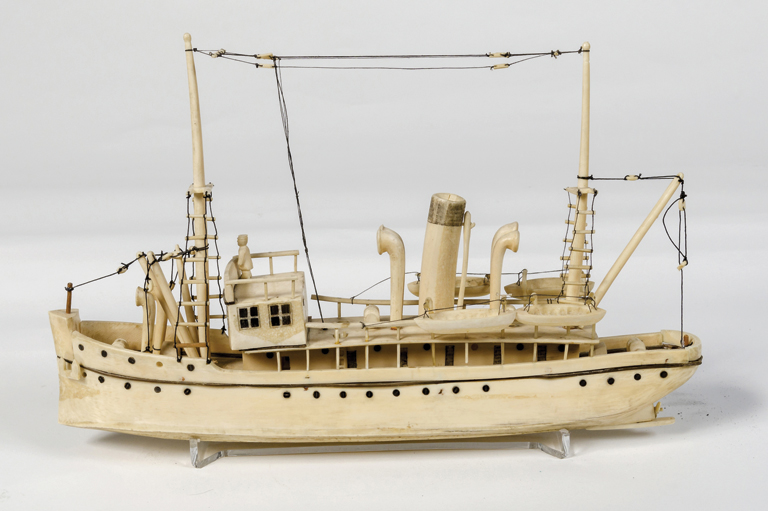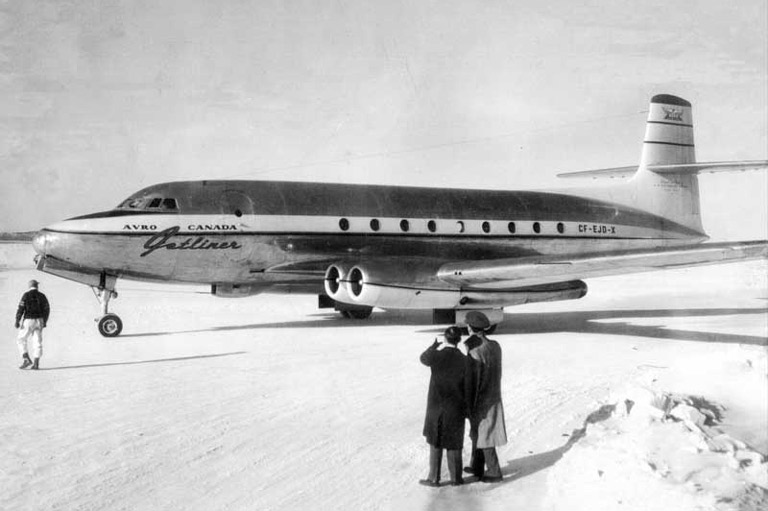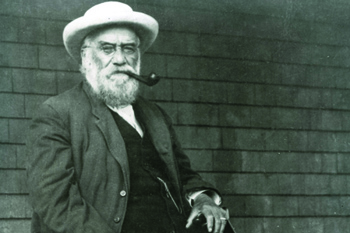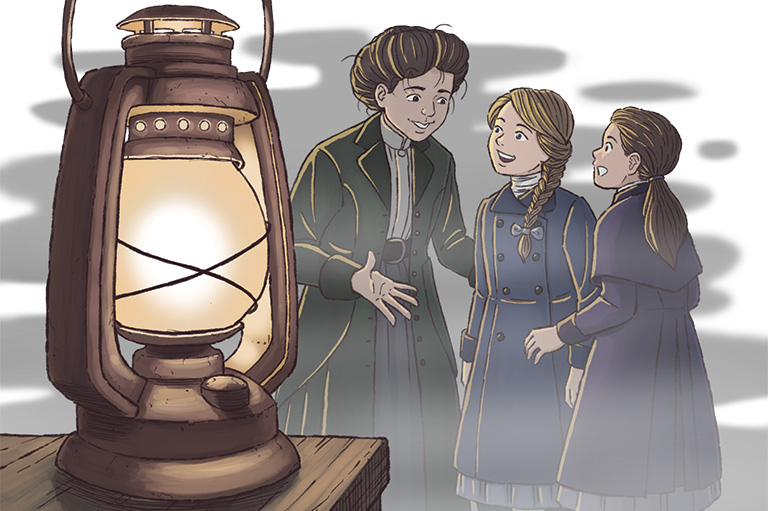A Hard Row
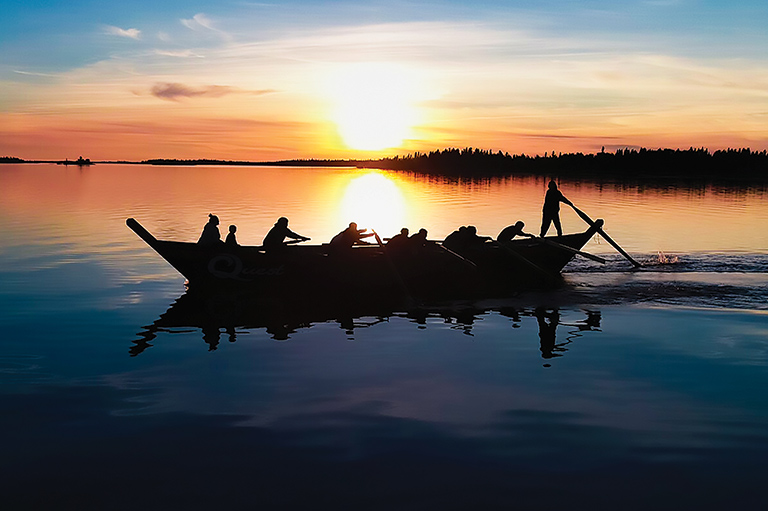
Rowing a York boat was never meant to be fun. And yet the community of Norway House in northern Manitoba has pulled off the unlikely feat of making it enjoyable — so much so, in fact, that every summer folks flock to the shore of the Nelson River, about 450 kilometres north of Winnipeg, to race replicas of the historic boats or to cheer on their favourite teams.
“The fur trade used to come right through our community,” said Edward “Sonny” Albert, the director of parks and recreation at Norway House Cree Nation. “[York boats] were emblematic of Norway House, so in 1973 we decided to include them in our annual Treaty Days festival.”
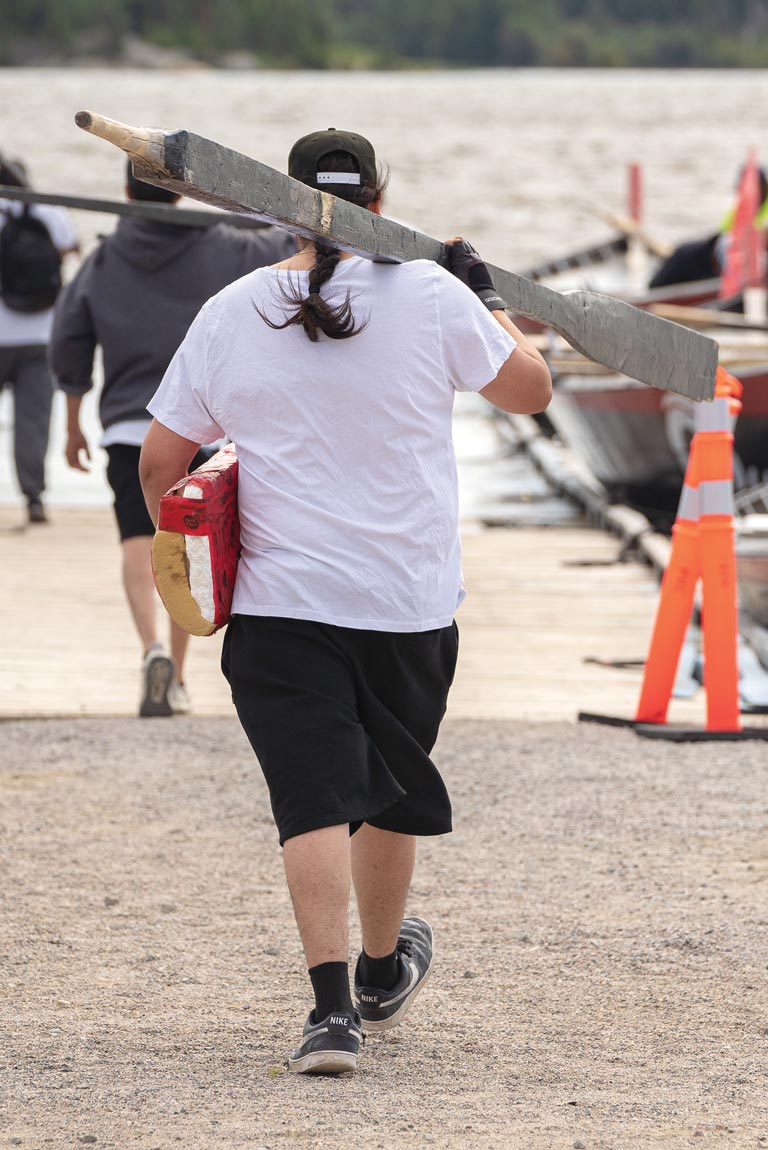
Treaty Day originally marked the anniversary of the signing of Treaties between Indigenous people and the government of Canada. Over the years, many Indigenous communities have expanded the day to include a week or so of festivities.
This year’s festival at Norway House runs from August 2 to 11. The boat races attract up to 160 participants from across North America in teams of ten, male and female, ages nine and older. Cash prizes act as an enticement to take to the water.
The York boat claims a unique place in Canada’s history. It was built tough so that it could tackle the rocks and ice floes of northern-Canadian waterways. Until the 1920s it was the main mode of transportation between inland trading posts such as Norway House, near the north shore of Lake Winnipeg, and York Factory, the Hudson’s Bay Company’s major transshipment point at the mouth of the Hayes River on Hudson Bay.
“Norway House was actually the place where all the other First Nations would gather to trade their furs,” Albert said. “You would be hunting in the spring, and then in the summertime you gather with your family and friends to celebrate the hunt.”
The York boat traces its heritage to the Orkney boats of northern Scotland, which were based on the design of the Viking longship. With a length of about fourteen metres, the first York boats, built in the 1740s, could carry 2,700 kilograms — three times the load of a birchbark canoe. Some later versions could carry up to 5,400 kilograms.
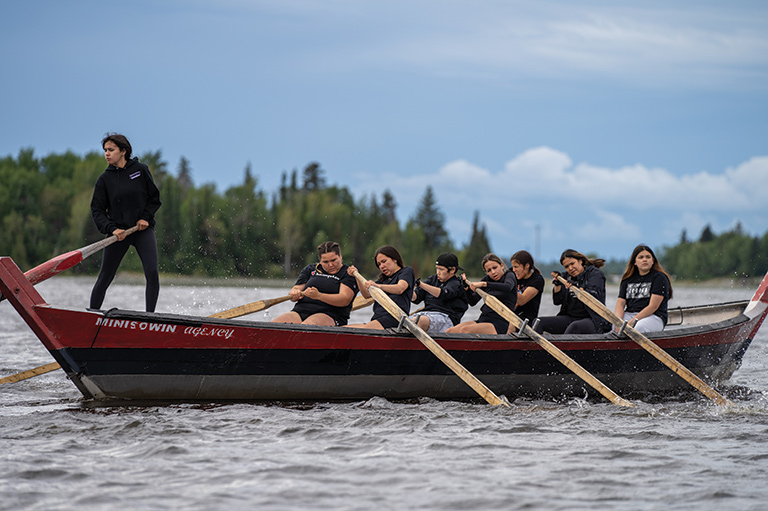
The wooden boats had a mast and a square sail. When the wind failed, the crew would propel them using oars. And when the waterways were impassible, the crews would drag the boats to the next navigable river or lake.
“I don’t know how they did it,” Albert said. “Those boats were really heavy.”
The craft used for racing today are made of aluminum. And there’s no sail, just long, heavy wooden oars. However, the boats still channel the spirit of the fur trade, living off the land and water, and a sense of community.
“We want to encompass that way of life and make sure that our youth have an identity, but always remembering back to our trials and tribulations,” Albert said.
With 7 uniquely curated newsletters to choose from, we have something for everyone.
We hope you’ll help us continue to share fascinating stories about Canada’s past by making a donation to Canada’s History Society today.
We highlight our nation’s diverse past by telling stories that illuminate the people, places, and events that unite us as Canadians, and by making those stories accessible to everyone through our free online content.
We are a registered charity that depends on contributions from readers like you to share inspiring and informative stories with students and citizens of all ages — award-winning stories written by Canada’s top historians, authors, journalists, and history enthusiasts.
Any amount helps, or better yet, start a monthly donation today. Your support makes all the difference. Thank you!
Themes associated with this article
Advertisement
Save as much as 40% off the cover price! 4 issues per year as low as $29.95. Available in print and digital. Tariff-exempt!

